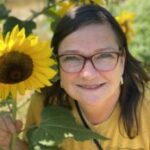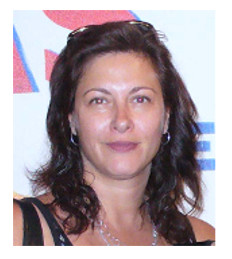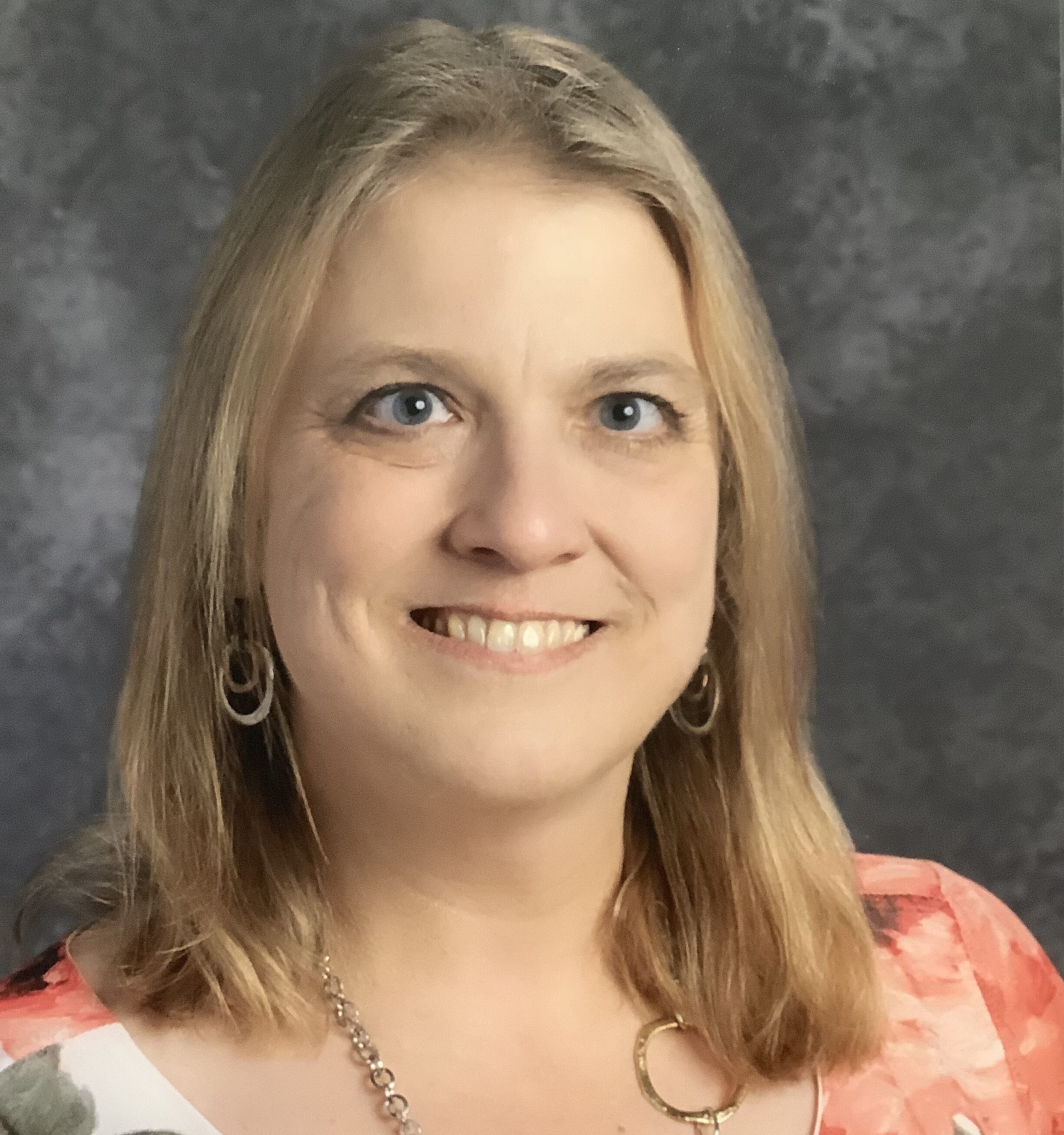June 19, 2020
These days, eating bugs is in the news more often than ever before. Even the dreaded murder hornets, it seems, are a delicacy in parts of the world! I’m always delighted when science intersects with popular culture, and edible bugs are definitely one of those instances.
Read the rest of this entry »
 Leave a Comment » |
Leave a Comment » |  Biology, College level, Earth Science, Elementary level, High School level, Middle School level | Tagged: edible insects, Educational Innovations, entomophagy, insects |
Biology, College level, Earth Science, Elementary level, High School level, Middle School level | Tagged: edible insects, Educational Innovations, entomophagy, insects |  Permalink
Permalink
 Posted by Donna Giachetti
Posted by Donna Giachetti
June 14, 2019
 By Ted Beyer
By Ted Beyer
There are certain days in history that pretty much anyone who was alive at the time can remember as though it was yesterday. Times of trial and triumph. Heart-wrenching times like September 11th, or the day Kennedy was shot, or the Challenger. And then there is the day that we landed on the Moon.
Read the rest of this entry »
 2 Comments |
2 Comments |  astronomy, College level, Earth Science, Elementary level, High School level, Middle School level | Tagged: apollo 11, astronaut, Educational Innovations, homeschool, nasa, parent friendly, science, space |
astronomy, College level, Earth Science, Elementary level, High School level, Middle School level | Tagged: apollo 11, astronaut, Educational Innovations, homeschool, nasa, parent friendly, science, space |  Permalink
Permalink
 Posted by Donna Giachetti
Posted by Donna Giachetti
November 16, 2018
 By Priscilla Robinson
By Priscilla Robinson
Snowflakes! They arrive in flurries, storms and blizzards, not to mention “Winter Bomb Cyclones!” I’ve always thought the science behind snowflakes is amazing.
A snowflake begins when a tiny dust or pollen particle comes into contact with water vapor high up in Earth’s atmosphere. The water vapor coats the tiny particle and then freezes into a tiny crystal of ice. This tiny crystal will be the “seed” from which a snowflake will grow. The process is called crystallization.
Read the rest of this entry »
 Leave a Comment » |
Leave a Comment » |  Chemistry, College level, Earth Science, Elementary level, Middle School level | Tagged: Chemistry, crystals, DIY, Educational Innovations, fun experiments, hands-on activity, parent friendly, phenomenon based learning, phenomenon-based science, science, scientifically accurate snowflakes, snow, snow and ice polymer, snowflakes, variables |
Chemistry, College level, Earth Science, Elementary level, Middle School level | Tagged: Chemistry, crystals, DIY, Educational Innovations, fun experiments, hands-on activity, parent friendly, phenomenon based learning, phenomenon-based science, science, scientifically accurate snowflakes, snow, snow and ice polymer, snowflakes, variables |  Permalink
Permalink
 Posted by Donna Giachetti
Posted by Donna Giachetti
April 20, 2018
 by Priscilla Robinson
by Priscilla Robinson
Spring in the Pacific Northwest comes with a fanfare of germinating seeds, blossoming flowers, and budding trees. As a science educator, I like to jump on Mother Nature’s bandwagon to bring this burst of plant life into my classroom with a variety of biology experiments and activities. What your students see every day can bloom into teachable moments. These learning ideas will help you make the most out of the magic and science of spring.
 Leave a Comment » |
Leave a Comment » |  Biology, Earth Science, Elementary level, experiments, life science, Middle School level | Tagged: DIY, Educational Innovations, fun experiments, gardening, gardening for kids, green science, hands-on activity, homeschool, hydroponics, parent friendly, PBL, phenomenon based learning, phenomenon-based science, polymer crystals, science, seeds, summer science, variables |
Biology, Earth Science, Elementary level, experiments, life science, Middle School level | Tagged: DIY, Educational Innovations, fun experiments, gardening, gardening for kids, green science, hands-on activity, homeschool, hydroponics, parent friendly, PBL, phenomenon based learning, phenomenon-based science, polymer crystals, science, seeds, summer science, variables |  Permalink
Permalink
 Posted by Donna Giachetti
Posted by Donna Giachetti




 Posted by Donna Giachetti
Posted by Donna Giachetti  By Julie Pollard
By Julie Pollard By Ted Beyer
By Ted Beyer By Priscilla Robinson
By Priscilla Robinson